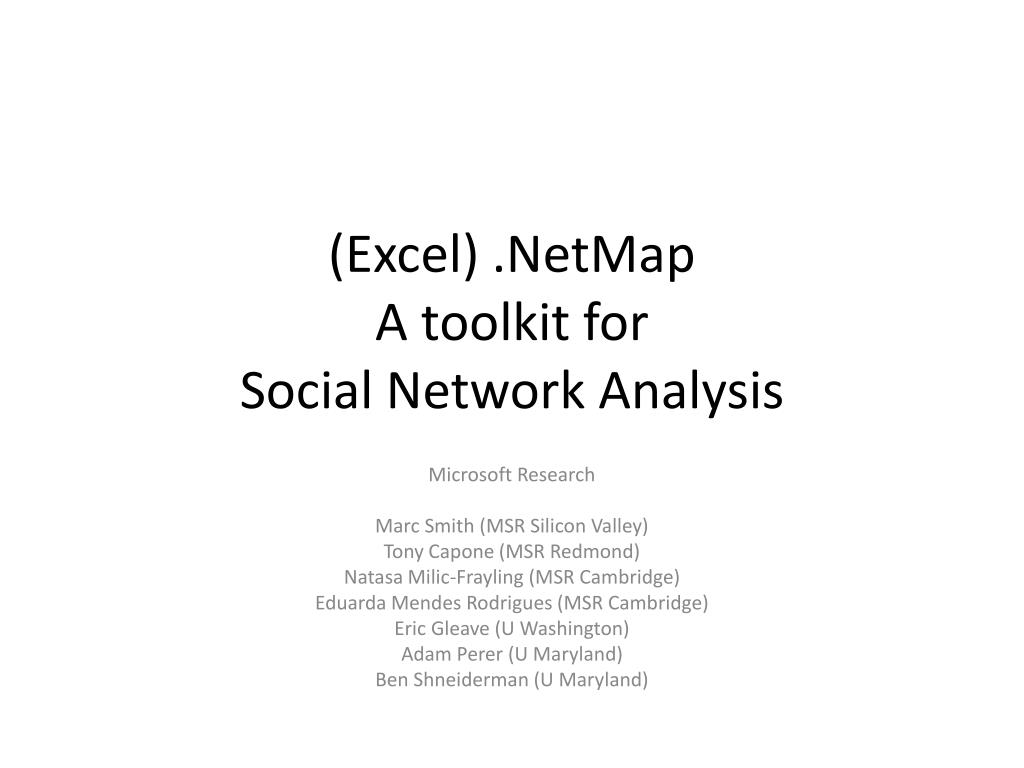

- #Netmap valley width cracked#
- #Netmap valley width manuals#
- #Netmap valley width manual#
- #Netmap valley width verification#
This facilitates creation of calibration functions and manual override (manually correcting predicted values), thereby offering the potential for increasing the accuracy of digital terrain databases over time.
#Netmap valley width verification#
A “field link” tool in NetMap streamlines field verification of digitally derived data. Any user of computerized terrain databases should verify their results in the field when possible. In contrast, predicting confluence effects in tributaries based primarily on relative differences in drainage area between tributaries and mainstems (e.g., Benda et al. For instance, the accuracy of channel gradients and widths of valleys is highly dependent on the resolution of digital data (e.g., 10 m versus 30 m DEMs), although accurate relative measures are achievable using 10-m DEMs (Clarke and Burnett 2003). Some terrain parameters are more sensitive to data resolution than others. The resolution of available digital data is an important constraint on the accuracy and use of terrain databases in natural resource management. Thus, channel segment predictions of gradients, valley widths, and confluence effects in NetMap can provide rea- sonable working hypotheses on the nature of finer scale habitat morphology. For example, based on sediment transport theory, steeper valleys are typically associated with faster flow and coarse substrate, in contrast to wide valley floors with lower gradients that are associated with lower velocity flow, smaller substrate, and sinuous channels. This is based in the well-recognized hierarchical scaling relationships between watershed landforms and smaller-scale habitat morphologies (e.g., Frissell et al.

A major benefit and central tenant in using digital terrain databases in natural resource management is that large-scale terrain features can be related to smaller-scale habitat attributes and potentially to biological assemblages that might be found within a given set of physical conditions. Sev- eral applications of the tool kit are briefly outlined below using examples from a terrain database we have assembled in pursuit of regional coverage that currently extends to 110,000 km 2 (27 million acres) in the Pacific Northwest (Table 3).
#Netmap valley width manuals#
In addition to base parameters (Table 1) and the suite of tools (Table 2), the educational aspect of NetMap is enhanced through over 400 pages of hyperlinked technical manuals and reference materials. NetMap automated analyses cover habitat typing, channel classification, channel disturbance potential, sediment and wood supply, core habitat areas, habitat diversity, erosion potential, overlaps among roads, erosion risk, and sensitive habitats, and sort- ing and ranking of subbasin-aggregated attributes across large watersheds (Table 2). The tool kit simplifies display and analysis of terrain data sets for both the GIS specialist and neophyte alike. additional watershed parameters (approximately 30) that are relevant to many facets of natural resource management, and serves as an educational plat- form for interpreting watershed environments. Many heretical scouts died to bring us this information. Only here may relics be found, but exercise caution.these hallowed grounds are under the protection of mysterious guardians.
#Netmap valley width cracked#
Finally, at the North corner of the map is an outcropping with the ancient monastery, cracked and ruined. South of the moraine is the ocean, teeming with fish. Marking the furthest point south reached by the ice, this mound contains all of the dirt/rocks scraped off the side of the mountain by the glacier, and most of the gold in the area. The Southern edge of the glacial lake is defined by the terminal moraine. South of the basin is the glacial lake, which contains no fish because the water is too cold. It is also possible to mine stone and hunt ibex near the mountain summits.

Caribou (deer with extra meat) have gathered here to eat lichen off of the rocks. The glacial basin, containing most of the stone in the area, may be found in the center of the map. Goats, lost or abandoned, will join your faction if you guide them off of the ice. A glacier separates the landmasses of both teams. They must not be allowed to capture these artifacts for themselves! (thereby achieving a steady gold income through endowments/donations) They start in the opposite corner of the map with identical resources. It seems that a rival university has also learned of the accessibility of these ancient relics. The immediate surroundings consist of tranquil sloping meadows with small clumps of tress, forage bushes, and scant gold piles. Your expedition starts with a packed town center and nomad scout in the left/right corner of the map, at the end of the road leading to this area.


 0 kommentar(er)
0 kommentar(er)
